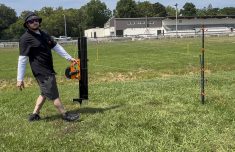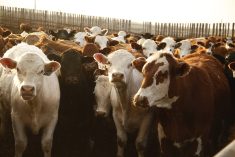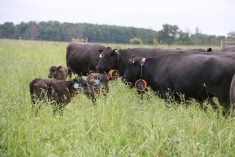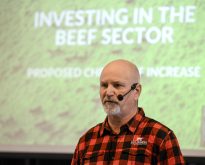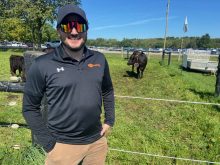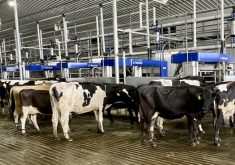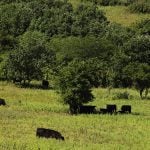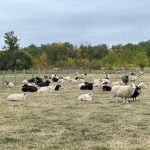Glacier FarmMedia – For more than a decade, Canadian cattle ranchers and researchers have looked for ways to extend the grazing season.
They’ve studied and implemented bale grazing, swath grazing, corn grazing, using crop residues, perennial pastures held in reserve and other techniques to keep cattle on the field in the fall and winter.
Meanwhile, American researchers say there are benefits to taking cattle off pasture in early September.
Read Also
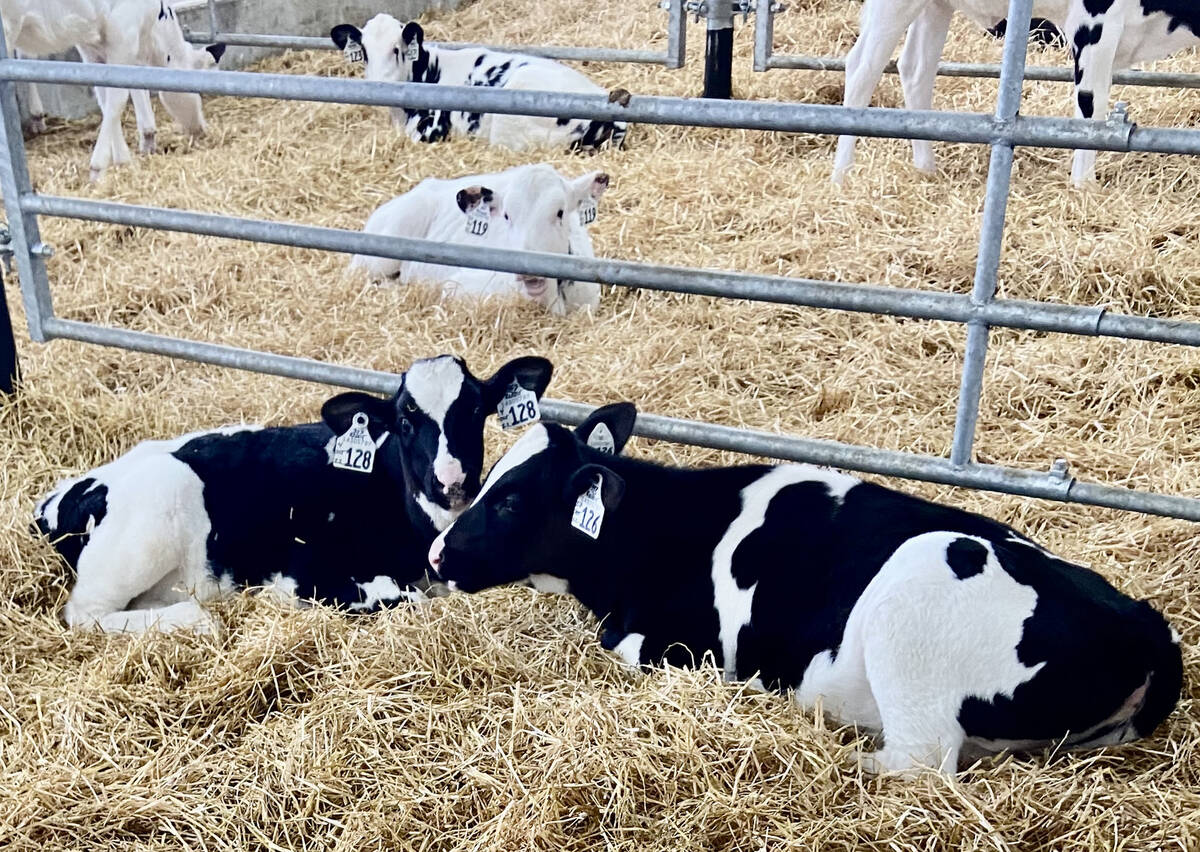
Back to the drawing board for sexed semen fertility ratings
Lactanet, the national genetic evaluation and dairy data provider, goes back to the drawing board with its sexed semen fertility rating index prototype.
Why it matters: Farmers have worked hard to extend the grazing season for added weight gain, but recent research says economic data might not support that practice.
In a paper published in Livestock Science, rangeland experts from the University of Wyoming and the United States Department of Agriculture said cattle on pasture gain little weight in September and in early October.
So, it makes sense to take them off pasture at the beginning of September.
“Although yearling steers gained weight from August to September, they gained negligible weight from early September to the end of the grazing season in mid-October,” the scientists wrote in the paper.
“Ranchers may be tempted to capture any additional weight gain, even if negligible, because it seems nearly free at that point… However, our analysis shows that net revenue can be increased by removing them from pasture for an earlier sale date.”
The scientists based that finding on historical grazing research, conducted at the USDA experimental range in north-central Colorado, where grazing has been studied since 1939.
Using more recent data, from 2003-2017, they looked at beef production of grazing yearlings in August, September and October.
They analyzed data for weight gain, where yearlings were weighed at the beginning of the grazing season and every 28 days during the summer and early fall.
They used those weights, in combination with price, to evaluate revenue.
“Purchase cost and sale revenue for each yearling, in each year, were calculated by multiplying its live weight by the livestock price reported for the week in which the yearling was turned out and removed from pasture,” they said.
The historical data showed that returns were highest when producers took cattle to market in early September.
“Cumulative net returns over the 15 years were consistently lowest if yearlings were removed from grazing and sold in early August, irrespective of grazing intensity,” they said.
“The greatest cumulative net returns were observed from removing the yearlings in early September, for all grazing treatments.”
Removing yearlings in October, at the “business as usual” time, produced intermediate net returns.
With fewer yearlings coming to market in the late summer, prices are often stronger than in the middle of October, said Justin Derner, director of the USDA experimental range in Cheyenne, Wy.
“The slight weight gain (during September) is often negligible so the ranchers would be selling an animal with similar weight 30 days earlier for a higher price per hundredweight,” he said.
In addition to the financial returns, there could be long-term benefits from letting pastures recover in the fall.
“Pulling yearlings off the range a month early could generate ecological advantages for the ecosystem, such as greater plant residue for soil cover, and a longer resting period,” the scientists wrote.
The research was conducted in northern Colorado, but was designed to represent cattle production in the northern plains of the U.S.
This article originally appeared on the Western Producer.




